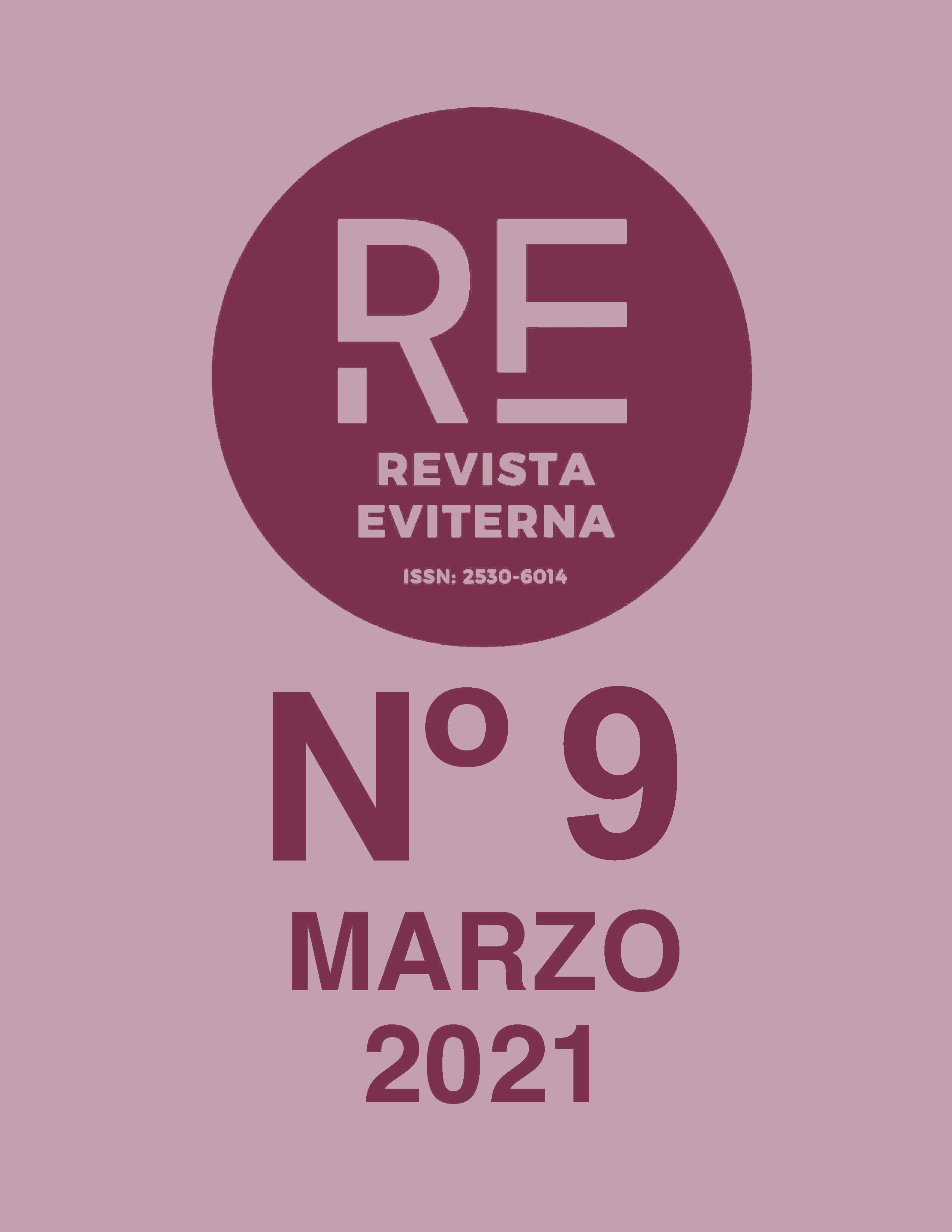The autobiographic narration as a scenario element in the interpretation of the artwork
DOI:
https://doi.org/10.24310/Eviternare.vi9.10321Keywords:
Autobiographical narration, cultural mediation, cultural heritage, critical museology, critical pedagogyAbstract
The autobiographical narrative is an instrument that not only interpenetrates with the mediation for the understanding of heritage in an intercultural code, but it is a fundamental resource for active citizenship, critical literacy in adulthood and for the creation of the sense of belonging to a place. These article collects the use of it by the Educational Services of the Museum of Modern and Contemporary Art of Bergamo, a tool that has become part of its policies of development and social and cultural inclusion.
In 2014, GAMeC set up a project in which a cross between the permanent collection, intangible cultural heritage (memory and tradition) and cultural identity was created. Its mission is to give life to a narrative that becomes a bridge and leaves the perspective of the art historian to enter the man one; is why the objectives are to form, experiment and cohere. Safeguarding the contents but interweaving them in everyday life, the project gives voice to the objects and their authors in dialogue with people´s lives and where the art historian monitors so that nothing is left out from the point of view of historical-artistic heritage.
Downloads
Metrics
Publication Facts
Reviewer profiles N/A
Author statements
Indexed in
-
—
- Academic society
- N/A
- Publisher
- Universidad de Málaga
References
Aguirre, Imanol (2008). “Nuevas ideas de arte y cultura para nuevas perspectivas en la difusión del patrimonio”, en Imanol Aguirre, Olaia Fontal, Bernard Darras & René Rickenmann (Coords.) El acceso al patrimonio cultural: Retos y Debates. Cuadernos de la Cátedra Jorge Ateiza, Universidad Pública de Navarra (UPNA): Pamplona, pp. 67-118.
Alderoqui, Silvia (2011). La educación en los museos: de los objetos a los visitantes, Paidós: Argentina.
Falk, John Howard & Dierking, Lynn Diane (2012). The museum experience. Lef Coast Press: California.
Fernández-Inglés S. & Gutiérrez-Pérez, R. (2018). El método biográfico narrativo aplicado a los bienes culturales. Una experiencia inclusiva e intercultural en la GAMeC. Tercio Creciente, 14, págs. 7-16. https://dx.doi.org/10.17561/rtc.n14.1
Hein, George E. (2002). Learning in the Museum. Routledge: London &NY.
Hooper-Greenhill, Eileen (2007). Museums and Education. Purpose, pedagogy, performance. Routledge: London &NY.
Mayer, John & Salovey, Peter. (1997). “What is emotional intelligence?” En Peter Salovey & David Sluyter (Eds). Emotional Development and Emotional Intelligence: Implications for Educators (pp. 3-31). New York: Basic Books, pp.3-31
Padró, Carla (2005). “Educación artística en museos y centros de arte”, en Ricard Huerta & Román de la Calle (Eds). La mirada inquieta. Educación artística y museos. Universidad Politécnica de Valencia (UPV): Valencia, pp. 137-152.
Panigaada, Maria Grazia (2016). “Esperimenti narrativi in museo”, in Simona Bodo, Silvia Mascheroni & Maria Grazia Panigada (eds). Un patrimonio di storie. La narrazione nei musei, una risorsa per la cittadinanza culturale, Mimesis: Milano, pp. 51-69.
Zeller, Terry (1989). “The Historical and Philosophical Foundations of Art Museum Education”, in Nancy Berry & Susan Mayer (eds.) Museum Education: History, Theory and Practice. National Art Education Association: Reston, Virginia, pp. 10-89.
Downloads
Published
How to Cite
Issue
Section
License
All the contents published in Revista Eviterna are subject to the Creative Commons Reconocimento-NoComercia-Compartirigual 4.0 license, the full text of which can be found at <http://creativecommons.org/licenses/by-nc-sa/4.0>
They may be copied, used, disseminated, transmitted and publicly exposed, provided that:
The authorship and original source of your publication (Journal, editorial and URL of the work) are cited.
They are not used for commercial purposes.
The existence and specifications of this use license are mentioned.

Copyright is of two kinds: moral rights and patrimonial rights. Moral rights are perpetual, inalienable, inalienable, inalienable, inalienable and imprescriptible prerogatives.
In accordance with copyright legislation, Revista Eviterna recognizes and respects the moral rights of the authors, as well as the ownership of the economic right, which will be transferred to the University of Malaga for dissemination in open access.
The economic rights refer to the benefits obtained by the use or disclosure of the works. Revista Eviterna is published in open access and is exclusively authorized to carry out or authorize by any means the use, distribution, disclosure, reproduction, adaptation, translation or transformation of the work.
It is the responsibility of the authors to obtain the necessary permissions of the images that are subject to copyright.







12.png)



